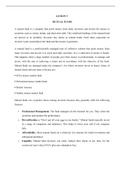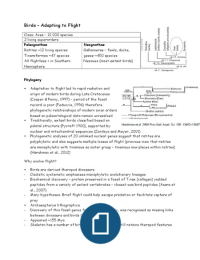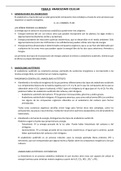Summary
Summary Enforcing IHL
- Institution
- The University Of Nottingham (UON)
In this summary, we will explore the possibilities for the enforcement of international humanitarian law. We will consider criminal enforcement through war crimes law as well as a variety of non-criminal alternatives, including the International Humanitarian Fact-Finding Committee, Protecting Power...
[Show more]







